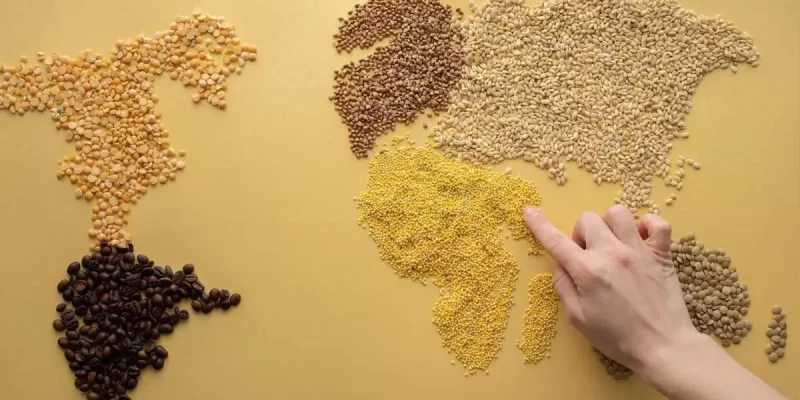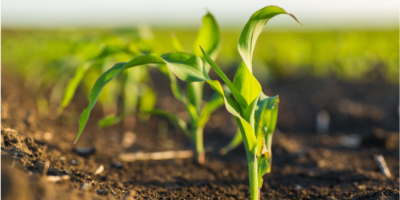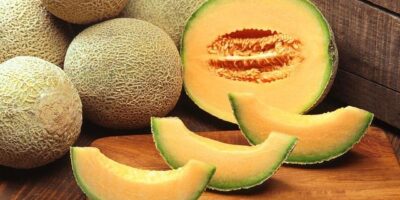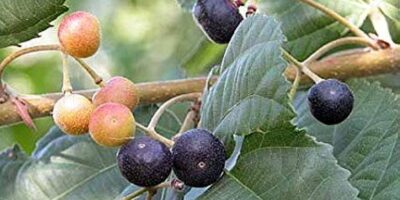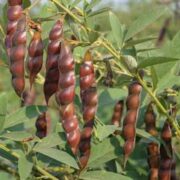Smart Food: In a world where fast food dominates our palate, a gradual shift is taking place. People are beginning to look beyond the tantalizing allure of pizzas, burgers, and pastas, and turning their attention towards more wholesome choices. The realization that convenience often comes at the expense of health is prompting individuals to embrace foods that are not just delicious, but also beneficial for their well-being. One of these remarkable comebacks is the resurgence of millets.
Millets, often overlooked in favor of more mainstream grains, have a rich history that dates back to the Stone Age. These ancient grains have left their imprint on archaeological sites such as Mohen-jo-daro and Harappa, challenging the conventional notion that rice was the staple in ancient diets.
Also Read: Kitchen Waste Composting: Transforming Kitchen Waste into Organic Fertilizer
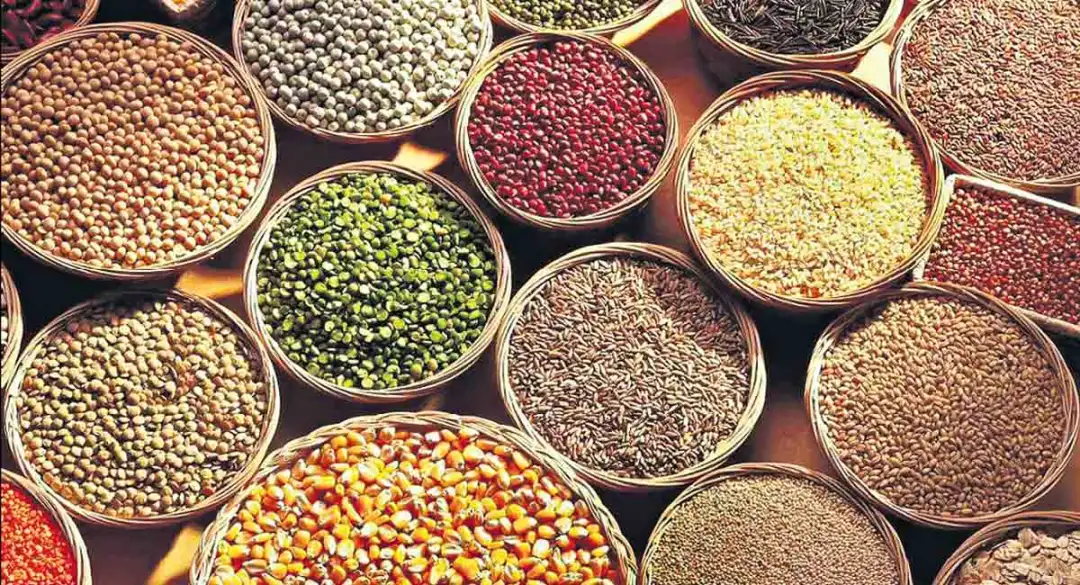
Smart Food
With around 6,000 varieties worldwide, millets have become a vital source of energy and protein for over a billion people in arid and semi-arid regions. Unlike the demanding cultivation requirements of wheat, rice, and corn, millets thrive in less hospitable conditions, making them a resilient and sustainable choice.
A trip down memory lane brings forth familiar names: jolada roti, ragi mudde, bajra khichidi, nachni dosa, and thinai pongal. These are not just meals of the past but also symbols of a wholesome dietary heritage. Millets, with their high nutritional content, are non-glutinous and non-acidic, making them gentle on digestion. In fact, they’ve been a staple during fasting periods in many Indian households.
Millet varieties:
Pearl Millet (Bajra): This grain, rich in phosphorus and other essential minerals, provides warmth and energy. Dishes like kamban koozh and bhakri roti showcase its versatility across India.
Finger Millet (Ragi): Known for its high calcium content, ragi is considered an anti-diabetic grain. Ragi balls (ragi mudde) in Karnataka and ragi malt, a nutritious weaning food, demonstrate its significance.
Foxtail Millet (Navane): Originating in China, foxtail millet is valued for postpartum and digestive health. With its rich mineral content and high iron levels, it finds its way into dishes like idli, upma, and payasam.
Also Read: Food Safety: Dangers to Health Posed by Pesticide Residues in Food
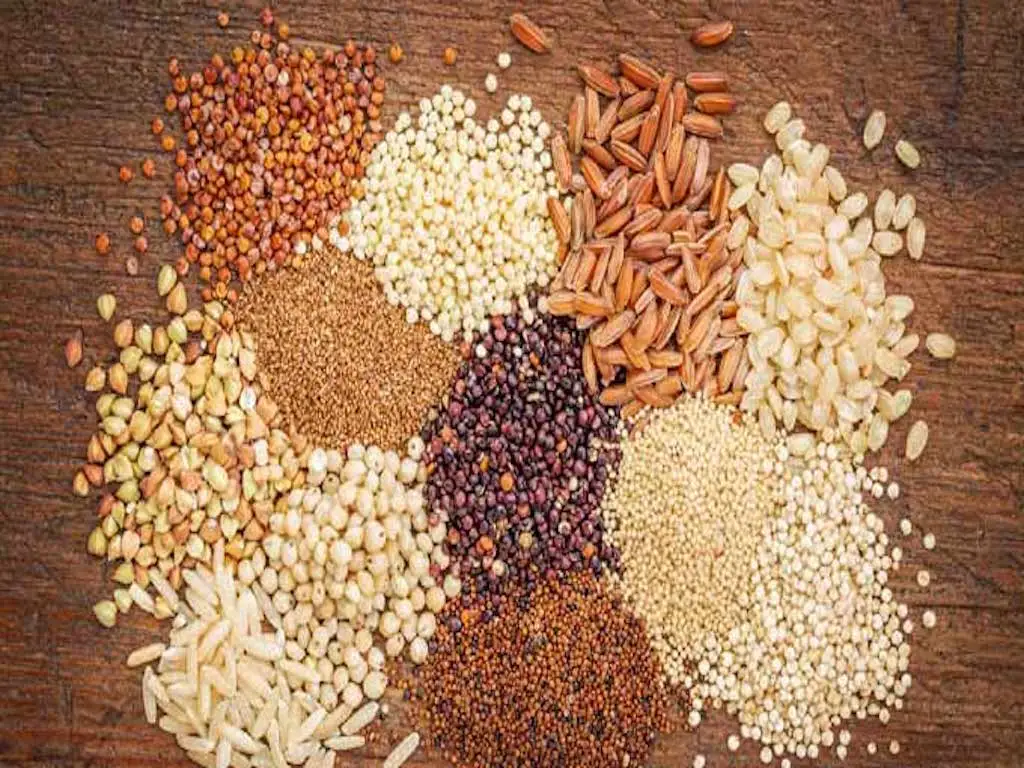
Smart Food
Little Millet: This small yet mighty millet is an excellent rice substitute and a boon for those with anemia due to its higher iron content.
Barnyard Millet: Growing rapidly, barnyard millet boasts high fiber and iron content, making it a popular choice during fasting periods. Its stickiness when cooked lends itself to dishes like upma, khichdi, and pulav.
Proso Millet (Varugu): Gluten-free and packed with quality protein, proso millet is a nutritious alternative. Its deliciousness shines through in dishes like upma, biriyani, and porridge.
Kodo Millet (Araka): Rich in lecithin and essential nutrients, kodo millet strengthens the nervous system. Its presence in dishes like upma, idli, and biriyani highlights its versatility.
As the world wakes up to the benefits of these forgotten grains, millets are enjoying a renaissance. Their return to our tables symbolizes a shift towards mindful eating, where taste and health coexist harmoniously. So, as we savor the revival of millets, we embark on a journey to rediscover the nourishing treasures of our culinary past.
Also Read: Miyazaki Mango: Farmer Cultivates World’s Most Expensive Mangoes in Odisha.

